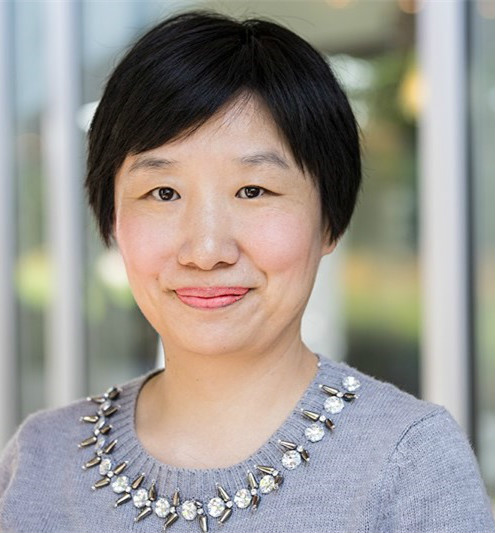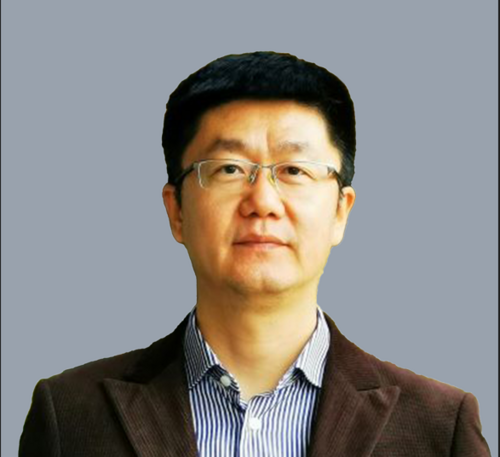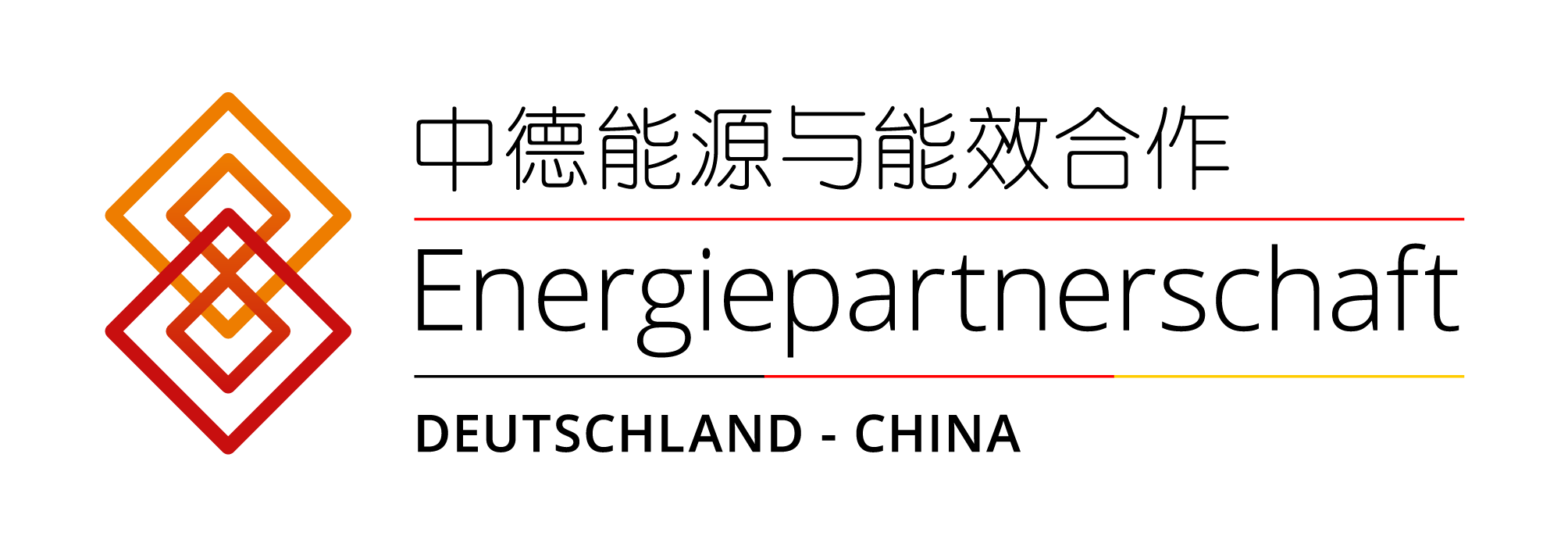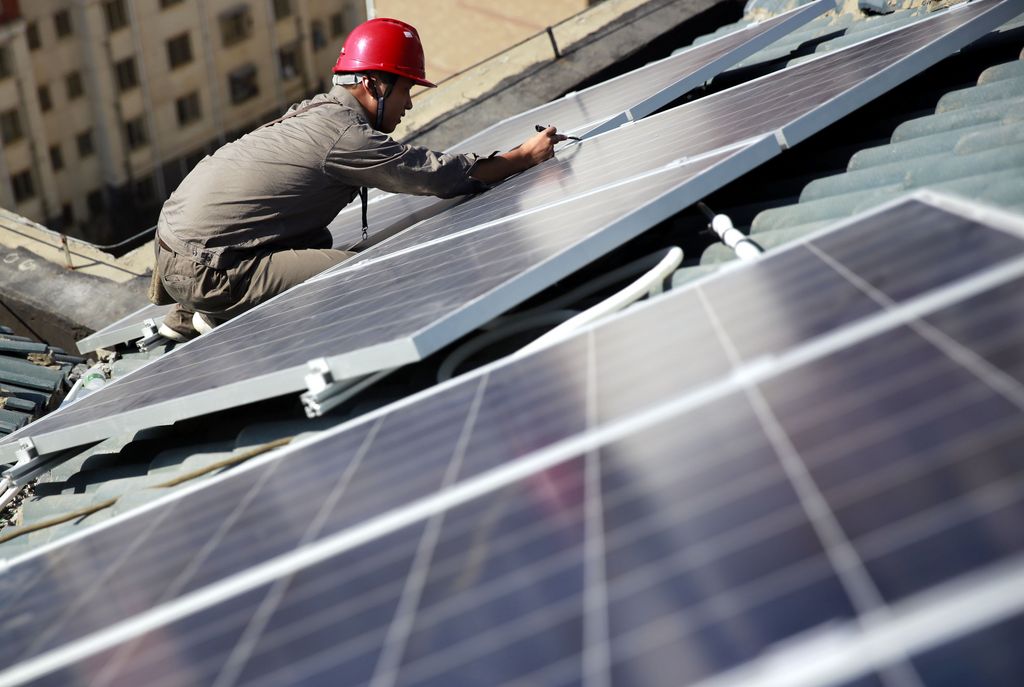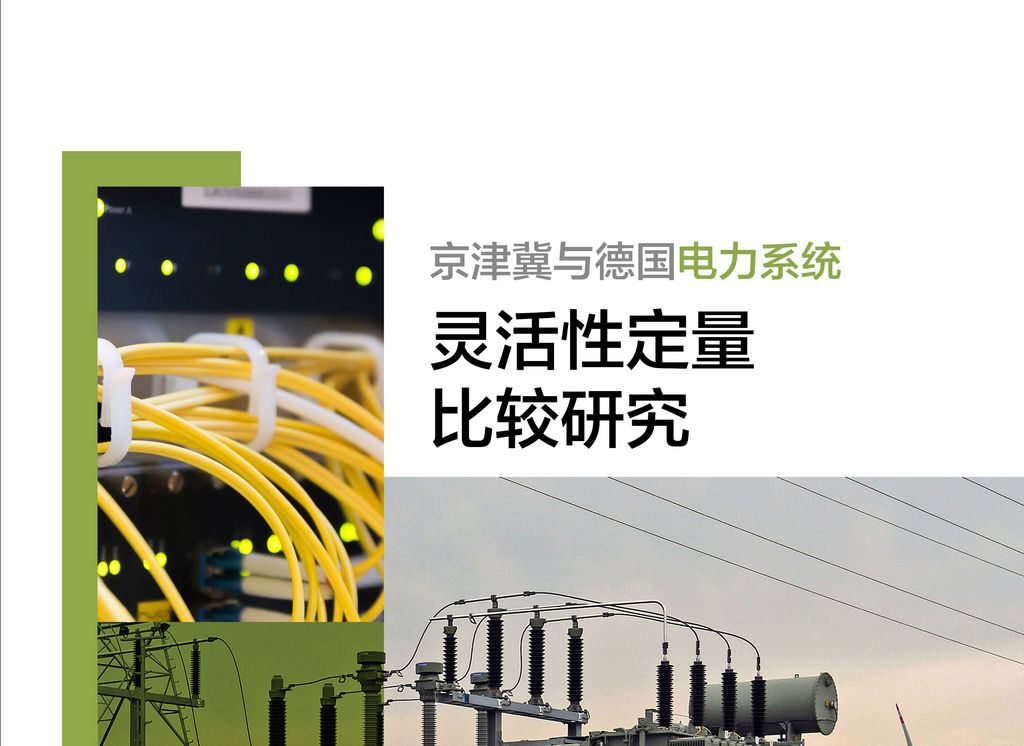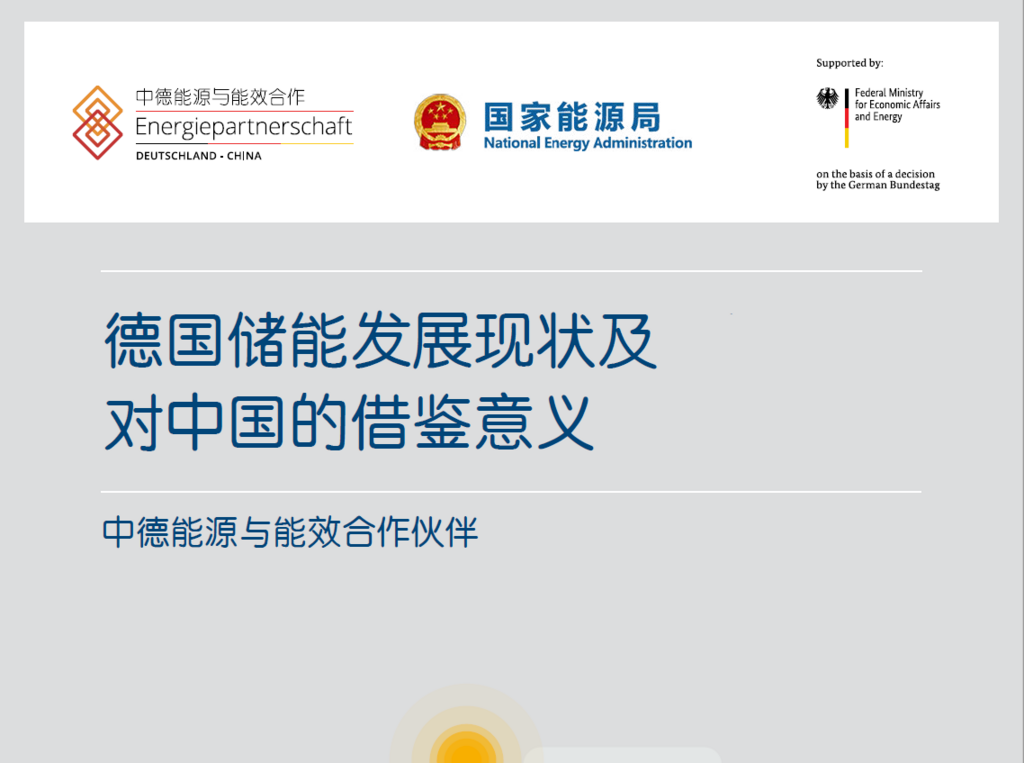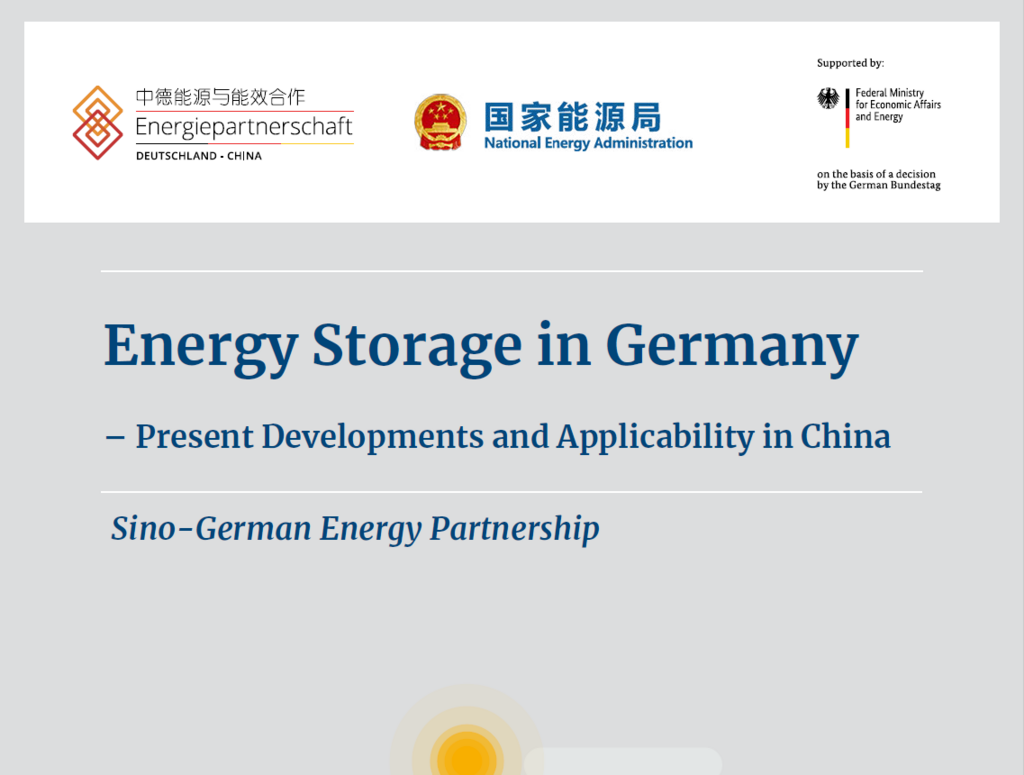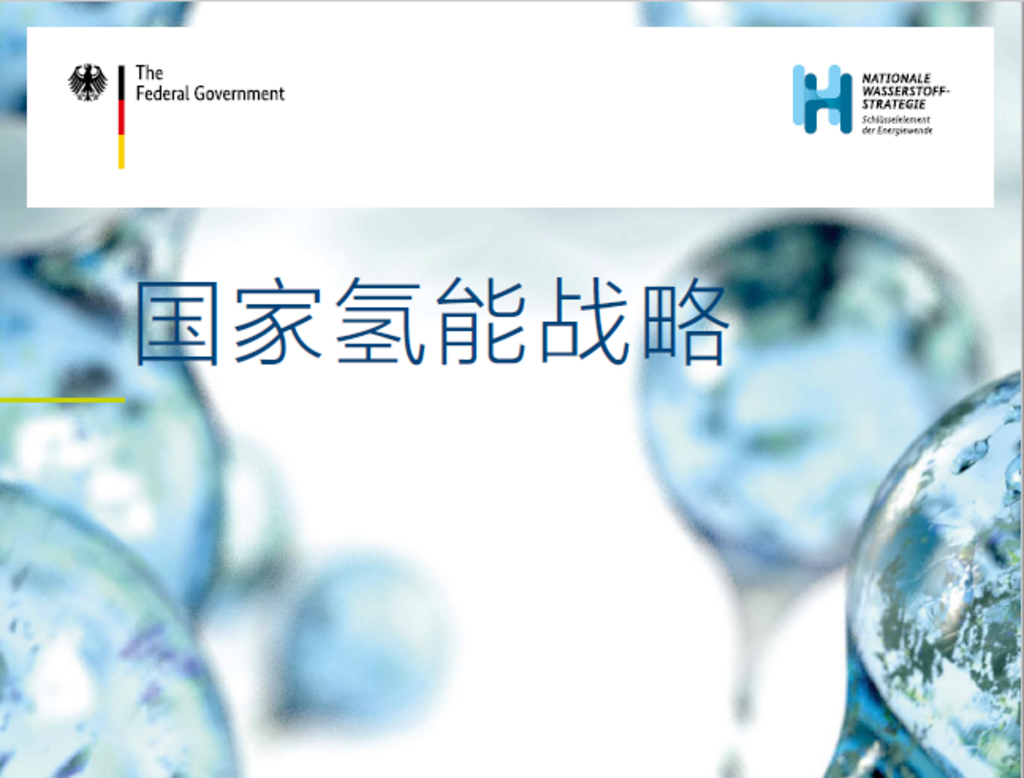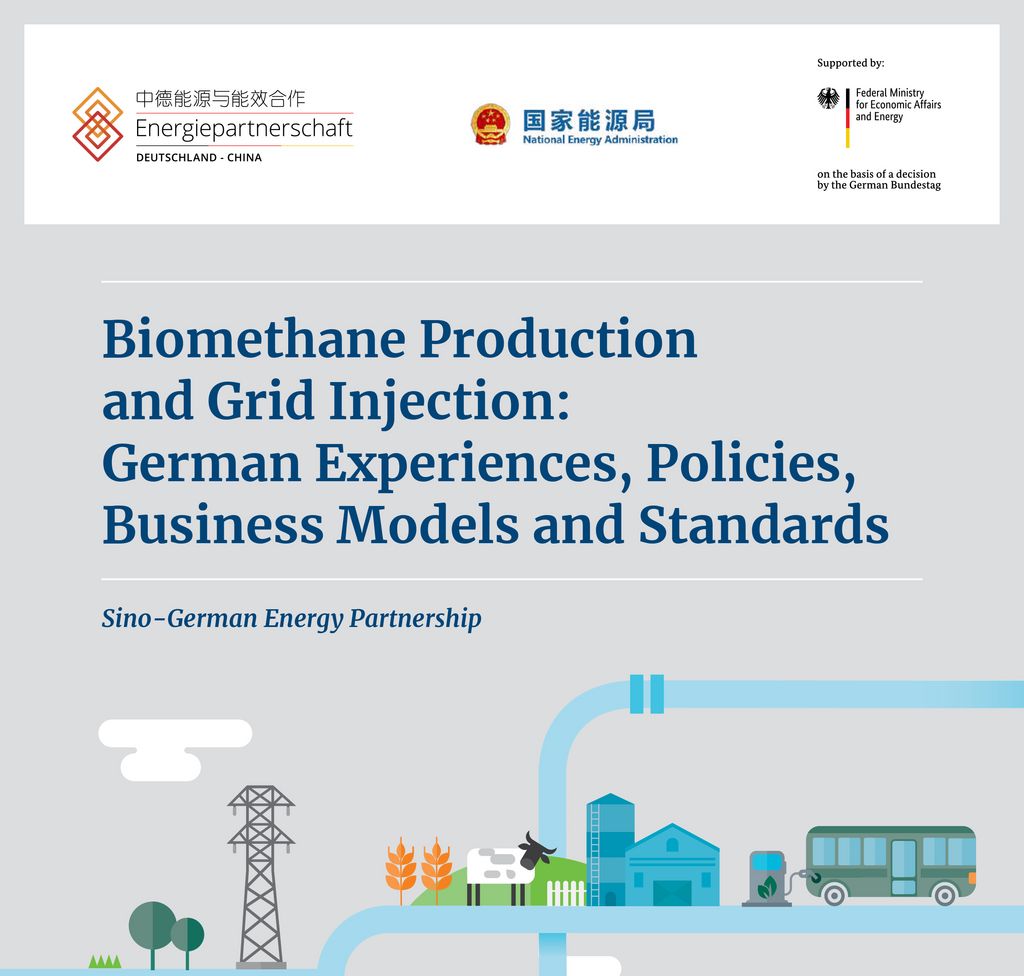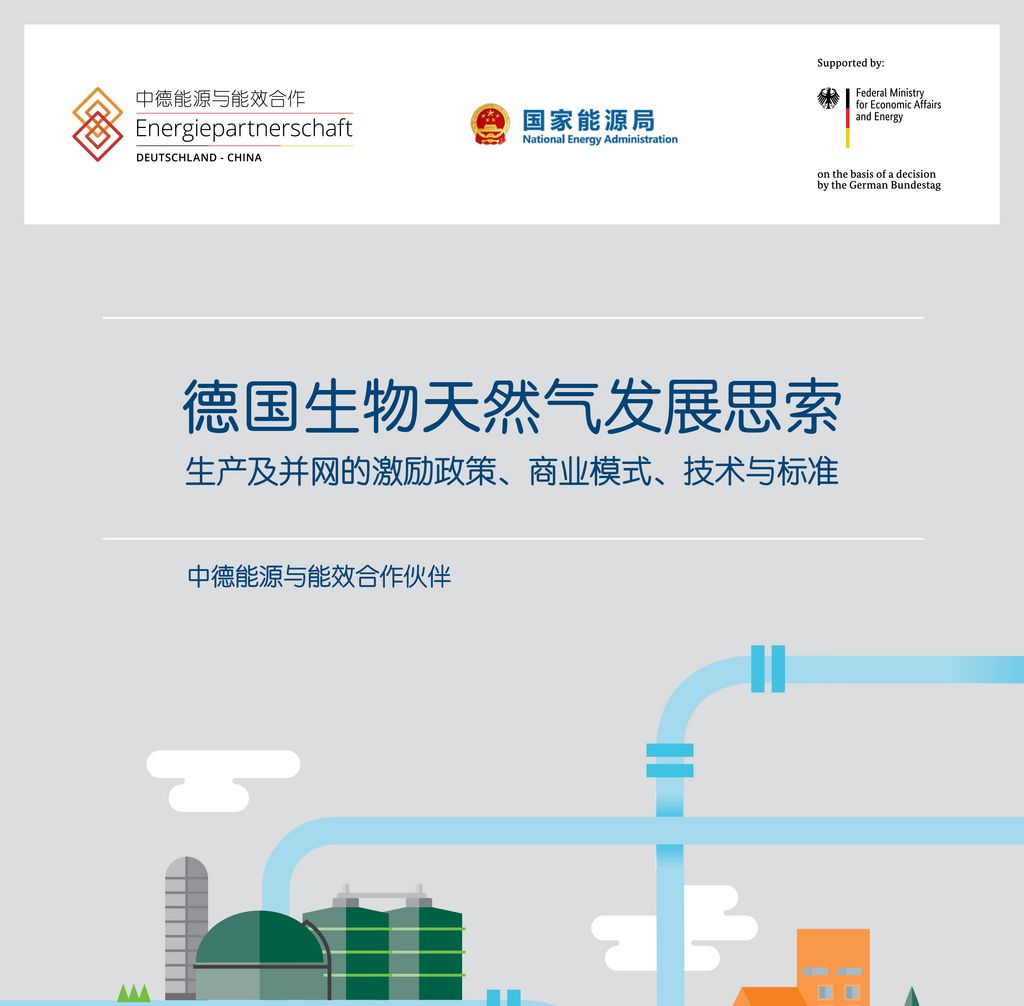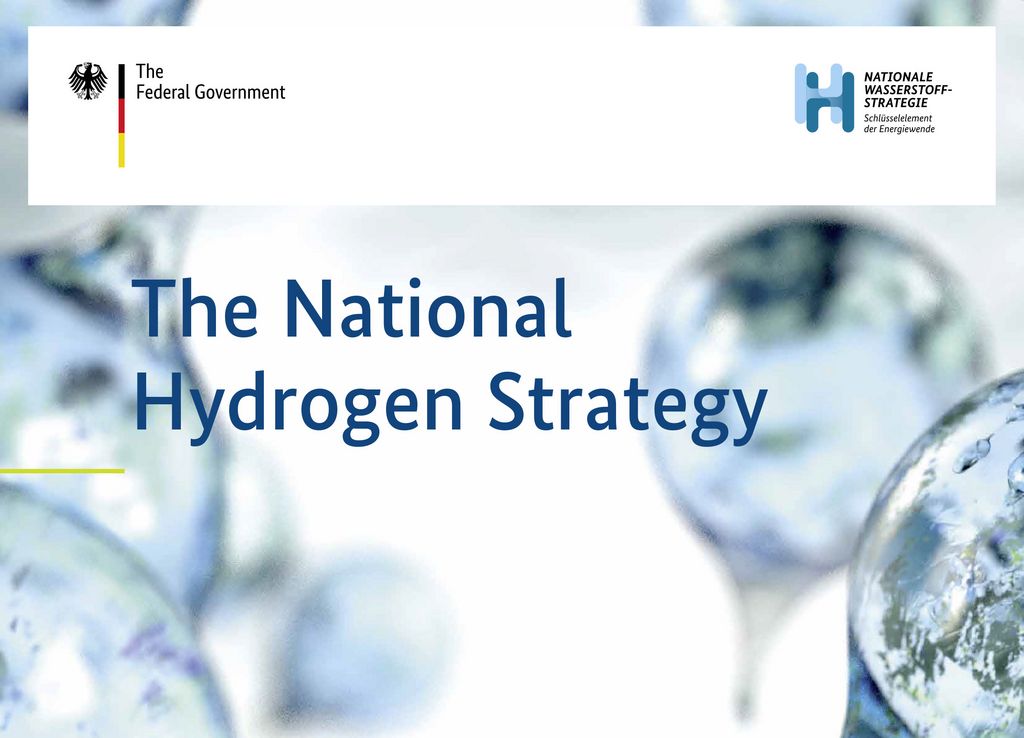Germany – pioneering the Energiewende for more than 20 years
While in 1990, renewable energy accounted for as little as 3.4 % of the gross electricity consumption, the share has since risen to 37.8% in 2018. Today, wind energy and solar energy alone cover 15.4% and 7.7% of Germany’s electricity production, respectively[4]. Hence, in today’s electricity mix renewables have already surpassed the share of lignite, coal and nuclear power by far and are the single largest power source in Germany. Today, Germany is even planning to phase-out coal power until 2038 and has already decided to exit nuclear power until 2022.
More facts about renewables in the German power sector:
- Renewables have become an important pillar of the economy. Today, approx. 316 thousand people work directly in the German renewables sector or along the renewables supply chain. Moreover, in 2017, 15.7 billion EURs were invested in the renewable sector in 2017, securing jobs and accelerating the Energiewende.[5]
- Subsidies for renewables are constantly decreasing. Since the 2000s solar PV subsidies have decreased from 50 EUR-ct per kWh to an all-time low of 4.3 EUR-ct/kWh[6] reached in 2018. The reason for this development: subsidy policies that ensured a downwards adaptation as technology costs decreased and, more recently, auctions for determining the height of renewable subsidies. Offshore-wind has even seen successful bids down to zero EUR-ct per kWh. This proves that ecology and economy go hand-in-hand in Germany’s Energiewende.
- Ambitious goals lead the way forward. With already 38% of its electricity consumption being covered by renewables, Germany aims at even higher shares for the future. With the 2020 goal of 40% being in reach, the next challenges will be to reach the 2030 goal of 65% renewables share until 2030, and 80% until 2050.
- System integration, markets, power-to-X and ‘sector coupling’. Germany’s high share of renewable penetration proves that system integration is possible. Key factors are electricity and ancillary services markets that ensure that being flexible pays off for conventional and renewable power producers. On a technological side, flexible conventional generators and ‘sector coupling’ or power-to-X technologies, i.e. transfer of energy between the power, heating and transport sectors, pave the way for a smooth system integration of renewables.
China – renewables are key to the Energy Revolution
For China, the transformation towards a climate-friendly society and economy is of strategic priority. Within its Nationally Determined Contributions (NDCs), China has pledged to reduce its carbon intensity per unit of GDP by 60-65% (in comparison to 2005), reach the peak of carbon dioxide emissions and increase the share of non-fossil energy sources[7] of total primary energy consumption to 20%[8] until 2030. Naturally, increasing the share of renewables in the power sector plays an important role for realizing China’s Energy Revolution. In this decade, China managed to more than double its installed renewable capacity from 246 GW in 2010. Today, 729 GW[9] of renewable capacity generate 26% of China’s electricity production (total electricity production 2018: 6994 TWh)[10].
More facts about renewables in China’s power sector:
- China’s renewable development outperforms all expectations (and targets). In 2016, China’s 13th Five-Year-Plan (2016-2020) has set ambitious targets for China’s power sector development until 2020. Back then, Chinese policy makers aimed at nearly tripling China’s solar PV capacity (from 42 GW in 2015 to 110 GW in 2020), adding 80 GW of wind (130 GW to 210 GW) as well as 60 GW of hydropower (320 GW to 380 GW) and reaching a total of 15 GW of biomass installations.[11] However, already in 2017, solar PV had surpassed all expectations totaling 129 GW of installed capacity. By the end of 2018, China had 175 GW of solar power installed (a plus of more than 300% in comparison to 2015). The biomass sector too saw a fast development and reached 18 GW by 2018. Until the end of the 13th Five-Year-Plan period, solar and biomass will grow even further, while wind and hydropower are expected to reach their set targets.
- From feed-in-tariffs to renewable tenders and zero-subsidy projects. Due to an ever-increasing burden for state and electricity customers to (re)finance the administratively set feed-in-tariffs, China’s authorities largely stopped approving new solar PV projects in early summer 2018. Within one year, the authorities switched to a tender mechanism to use the competition between project developers for bringing down the costs of subsidies. The first tender results, published in July 2019, showed promising results. Tender results of down to 0.0001 RMB per kWh show, that solar power has reached gird parity in many parts of China and can compete with coal. In the near-term, tenders are expected to be rolled out for wind power, too. Furthermore, a first batch of “zero-subsidy”[12] solar and wind power projects has been rolled out in 2019.
- Spot market and ancillary services pilots for a future energy system. Since in 2015 the Communist Party’s Central Committee together with the State Council published the “Document No. 9”, Chinas power market reform has taken the next step. The goal: To establish an efficient and market-based mechanism for power plant dispatch and electricity pricing. Today, China has started spot market pilots in eight provinces as well as pilots for ancillary services markets across the country. With the nationwide rollout of these new market mechanisms after 2020, China is expecting to introduce market mechanisms that will lastingly strengthen the system integration of renewable energies.
Germany and China are partners for accelerating renewable energy development
Germany and China cooperate and exchange on pressing challenges, solutions and best practices for the large-scale deployment of renewable energies. Topics covered within the Sino-German Energy Partnership include:
- Cost-effective subsidy policies for renewable energy. Germany and China exchange on experiences with designing and implementing feed-in-tariffs and feed-in-premiums for promoting renewable energies. Lately, the exchange focused on best practices for designing tendering schemes for renewable energies[RM1] .
- Policy advice and exchange on market-based electricity market reforms, including spot markets.
- Flexibilisation of conventional power generators for improving the system integration of renewable energy sources. Specifically, the exchange covered workshops and studies on the flexibilisation of coal-fired power plants.
- Flexibility mechanisms and incentives. This covers sharing best practices and expertise on designing and operating power plant scheduling systems, electricity (spot) markets and ancillary services markets.
- Exchange on standards and market mechanisms for energy standards.
- Related cooperation topics: sustainable heating, hydrogen

